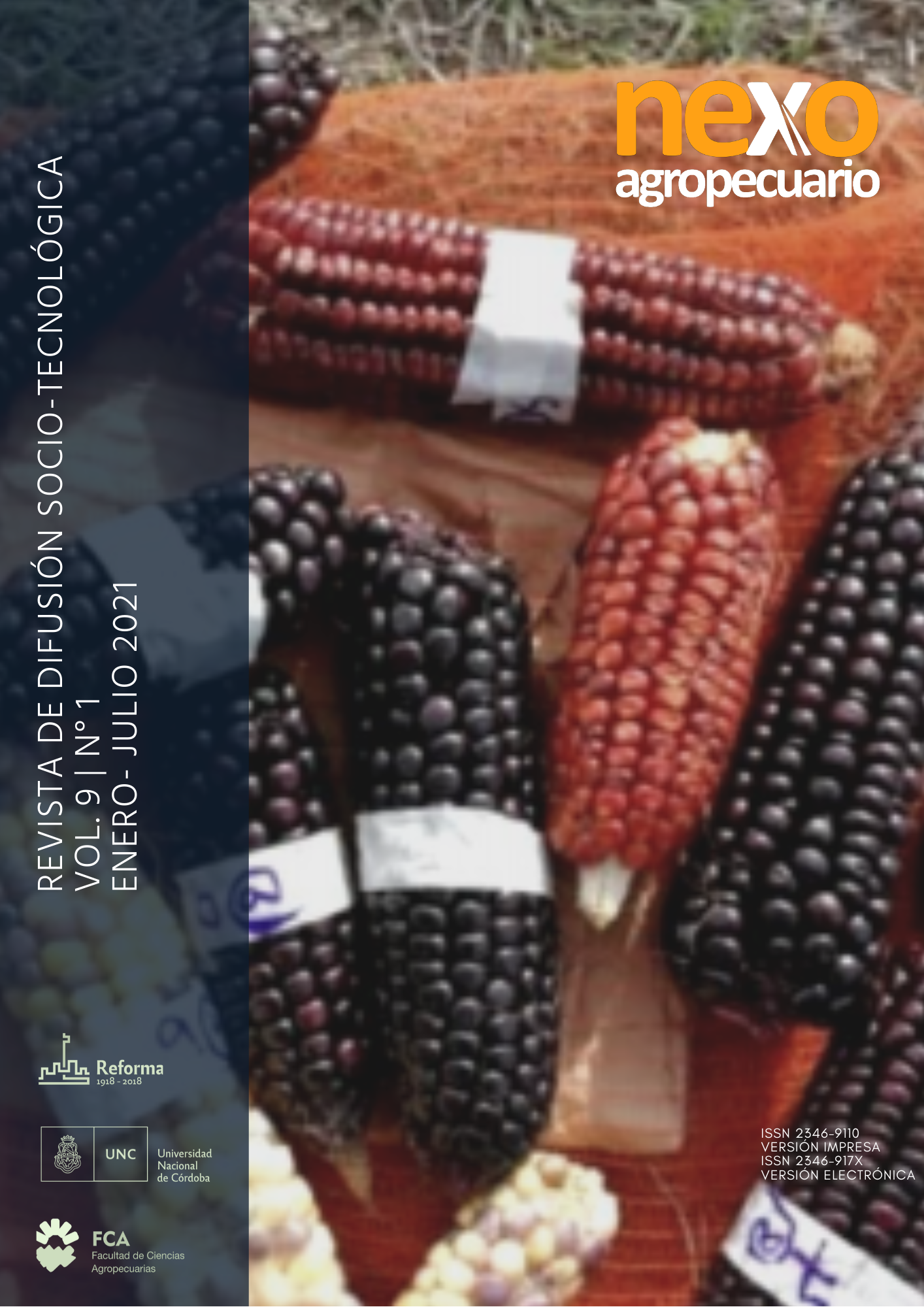un TRENDS IN THE BIOINDUSTRY: OBTAINING BIOMASS FROM FUNGI FOR THE GENERATION OF ACTIVE ANTIOXIDANT PRINCIPLES FOR FOOD USE
Keywords:
natural additives, natural antioxidants, functional properties, fungi, extracts.Abstract
The article provides knowledge about the potential that the "bioindustry" has as a source of useful active components for the food industry and that is related to the quality of the food we consume. In this context we will address the "Antioxidants in food" which are synthesized chemical substances that are present in food naturally or synthetically and that allow them to protect themselves from environmental factors that cause deterioration. Lipid oxidation is one of the main causes of deterioration and decrease in the useful life of foods, being able to generate free radicals responsible for the loss of chemical, sensory and safety quality and that is why antioxidants are incorporated in them. Antioxidants inhibit or delay lipid oxidation by inhibiting the initiation and propagation of oxidative reactions. Natural antioxidants are preferred given the potential toxic effects of synthetic additives. Many mushrooms have antioxidant active ingredients, provide sensory properties and are perceived as healthy. The Centro de Transferencia de Bioinsumos and the Laboratorio de Tecnología de Alimentos study the potential use of fungi to generate food ingredients for the generation of biomass through bioindustry.
Downloads
References
Ayala Cortés, S. (2019). Determinación de la actividad antioxidante de extractos de hongos in vitro y en alimentos. Tesis de maestría. Recuperado de: http://ri.uaemex.mx/handle/20.500.11799/105516
Cui, J.-L.; Guo, T.-T.; Ren, Z.-X.; Zhang, N.-S. y Wang, M.-L. (2015) Diversity and Antioxidant Activity of Culturable Endophytic Fungi from Alpine Plants of Rhodiola crenulata, R. angusta, and R. sachalinensis. PLoS ONE. 10, e0118204.
Kirk, P. M.; Stalpers, J. A.; Minter, D.W. y Cannon, P. F. (2011). Dictionary of the Fungi. CAB International: Wallingford, UK.
Zhong, J.-J. y Xiao, J.-H. (2009) Secondary metabolites from higher fungi: Discovery, bioactivity, and bioproduction. Adv. Biochem. Eng. Biotechnol. 113, 79–150.
Downloads
Published
Issue
Section
License

This work is licensed under a Creative Commons Attribution-NonCommercial-ShareAlike 4.0 International License.
Aquellos autores/as que tengan publicaciones con esta revista, aceptan los términos siguientes:- Los autores/as conservarán sus derechos de autor y garantizarán a la revista el derecho de primera publicación de su obra, el cuál estará simultáneamente sujeto a la Licencia de reconocimiento de Creative Commons que permite a terceros compartir la obra siempre que se indique su autor y su primera publicación esta revista.
- Los autores/as podrán adoptar otros acuerdos de licencia no exclusiva de distribución de la versión de la obra publicada (p. ej.: depositarla en un archivo telemático institucional o publicarla en un volumen monográfico) siempre que se indique la publicación inicial en esta revista.
- Se permite y recomienda a los autores/as difundir su obra a través de Internet (p. ej.: en archivos telemáticos institucionales o en su página web) después del proceso de publicación del número de la revista, lo cual puede producir intercambios interesantes y aumentar las citas de la obra publicada. (Véase El efecto del acceso abierto).


